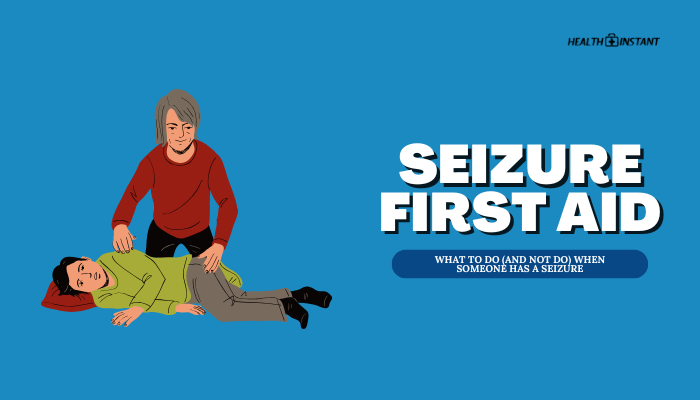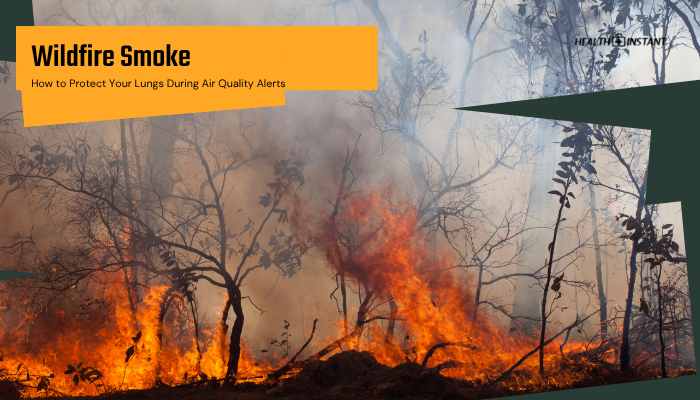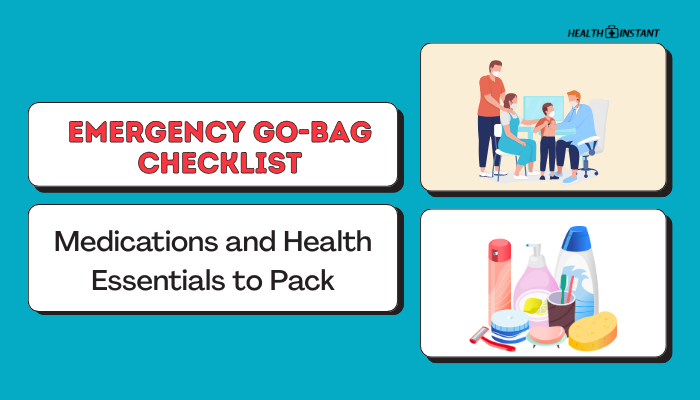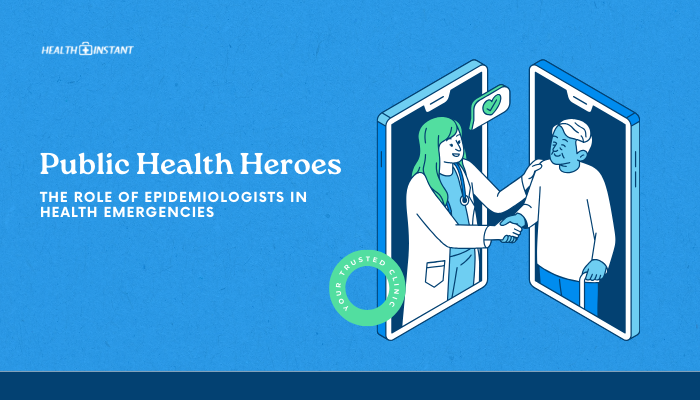Introduction
Seizures can occur suddenly, often leaving bystanders unsure how to respond. Although seizures vary in intensity and duration, prompt and calm assistance can prevent injuries and provide reassurance to the person affected. This guide outlines key steps for safe seizure first aid, highlighting helpful do’s and critical don’ts. By knowing these basics, you can act confidently should a family member, friend, or coworker experience a seizure.
Common Types of Seizures
- Generalized Tonic-Clonic (Grand Mal)
- Full-body convulsions, stiff muscles (tonic phase), followed by rhythmic jerking (clonic phase).
- Person usually loses consciousness.
- Full-body convulsions, stiff muscles (tonic phase), followed by rhythmic jerking (clonic phase).
- Focal (Partial) Seizures
- Can start in one area of the brain, potentially leading to localized muscle twitching or unusual behavior.
- May or may not involve altered awareness.
- Can start in one area of the brain, potentially leading to localized muscle twitching or unusual behavior.
- Absence Seizures
- Brief, sudden lapses in attention (often mistaken for daydreaming), more common in children.
- Brief, sudden lapses in attention (often mistaken for daydreaming), more common in children.
Understanding the type of seizure helps you tailor your response. However, if you’re unsure, focus on general first aid to ensure safety until the event passes.
Recognizing Seizure Signs
Common indicators that someone may be seizing:
- Sudden loss of awareness or consciousness.
- Stiffening or jerking movements of the limbs.
- Inability to respond when spoken to.
- Drooling or foaming at the mouth.
- Confusion, drowsiness, or disorientation after the episode (postictal state).
If the person is standing, they might collapse. If seated or lying down, they may become rigid or start convulsing. Some individuals have an aura (a sensation or warning) before a seizure begins.
Immediate Steps During a Seizure
- Stay Calm and Note the Time
- Observe how long the seizure lasts. Most last under 2 minutes, but some can continue 5 minutes or more.
- Observe how long the seizure lasts. Most last under 2 minutes, but some can continue 5 minutes or more.
- Ensure Safety
- Clear surrounding objects (furniture, sharp items) to prevent injury.
- Place something soft under their head (like a folded jacket).
- Clear surrounding objects (furniture, sharp items) to prevent injury.
- Positioning
- If possible, gently roll the person onto their side (recovery position) to keep the airway clear.
- This allows saliva or vomit to drain rather than block breathing.
- If possible, gently roll the person onto their side (recovery position) to keep the airway clear.
- Loosen Tight Clothing
- Ties, scarves, or anything restricting the neck.
- Remove eyeglasses and set them aside.
- Ties, scarves, or anything restricting the neck.
- Stay With Them
- Provide reassurance; speak calmly.
- Other bystanders may help manage surroundings or call emergency services if necessary.
- Provide reassurance; speak calmly.
What Not to Do
- Do Not Restrain
- Avoid holding the person down or restricting their movements—this can cause injuries.
- Avoid holding the person down or restricting their movements—this can cause injuries.
- Do Not Place Anything in Their Mouth
- It is a myth that people can swallow their tongue. Trying to insert objects can damage teeth or cause choking.
- It is a myth that people can swallow their tongue. Trying to insert objects can damage teeth or cause choking.
- Do Not Offer Food or Drink
- During or immediately after a seizure, their swallowing reflex may not work properly.
- During or immediately after a seizure, their swallowing reflex may not work properly.
- Do Not Perform Rescue Breaths
- Generally unnecessary unless the person is not breathing once convulsions stop.
When to Call for Professional Help
Dial emergency services if:
- The seizure lasts more than 5 minutes.
- Repeated seizures happen without regaining consciousness in between.
- The person has difficulty breathing or remains unconscious well after convulsions.
- Severe injury occurred (e.g., head trauma, extensive bleeding).
- It’s the individual’s first-known seizure or you’re unsure of their condition.
For known epilepsy patients with atypical seizure patterns, immediate ambulance calls aren’t always needed unless unusual severity, frequency, or injuries occur.
After the Seizure: Recovery and Support
- Reassure and Reorient
- The person may be confused or drowsy (postictal phase).
- Speak calmly and explain what happened if needed.
- The person may be confused or drowsy (postictal phase).
- Check Breathing
- Ensure the airway is clear; watch for normal breathing patterns returning.
- Ensure the airway is clear; watch for normal breathing patterns returning.
- Document Time and Details
- Note how long it lasted, which body parts were affected, and any unusual behaviors.
- This information can help medical staff.
- Note how long it lasted, which body parts were affected, and any unusual behaviors.
- Help Them Rest Safely
- Let them lie down or sit in a comfortable spot, continuing to monitor for any recurring signs.
Preparing for Seizures at Home or Work
- First Aid Kit: Keep gloves, a blanket or jacket (for head support), and a phone with emergency contacts.
- Inform Others: Household members or colleagues who are aware someone has a seizure disorder can respond quickly.
- Emergency Contacts and Plan: Loved ones with epilepsy or a history of seizures should have a formal plan. Let them carry ID or medical alert bracelets.
Conclusion
Being prepared to handle a seizure is invaluable—whether for strangers in public or close friends at home. By following key steps such as clearing the area, timing the seizure, and placing the person on their side, you provide crucial safety until medical attention is provided.
Remember the “do nots”—never place anything in the mouth or hold the person down—while providing calm, supportive care. Getting basic training or reading up on first aid ensures you’ll know how to respond swiftly and effectively when each second counts.
References
- Epilepsy Foundation. (2021). First aid for seizures guidelines.
- Centers for Disease Control and Prevention (CDC). (2020). Epilepsy basics and safety.
- American Red Cross. (2019). Responding to seizures: recommended practices.
- WHO. (2018). Epilepsy fact sheet: global perspectives.
Disclaimer: This article offers general guidelines and should not replace professional medical or first aid certification. Always consult healthcare providers for specific medical conditions or concerns.







